When to See a Gynecologist and at What Frequency
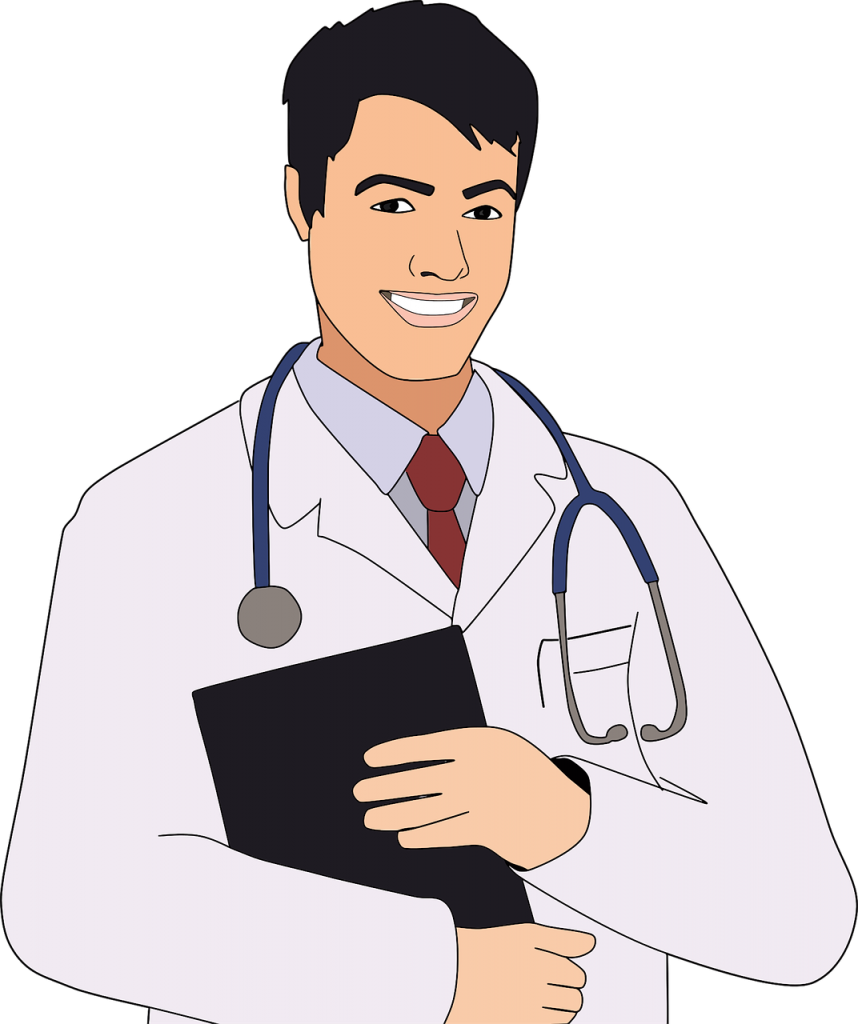
A gynecologist is a certified and registered doctor who specializes in the health of the female organs. Whether or not the patients identify as women, gynecologists and obstetricians treat patients with female reproductive organs.
While you may think you are fine and do not need to see a doctor, bear in mind that even the smallest health issues, such as stomachache or lethargy, can be symptoms of some early-onset disease. And the more time you let lapse before getting a diagnosis, the higher the risks to your health and the more time it may take to treat the condition.
Make your health a priority by committing to healthier eating habits and more frequent trips to the OB/GYN. Trust us: getting regular checkups will have a far-reaching payoff.
When to Visit an OB/GYN?
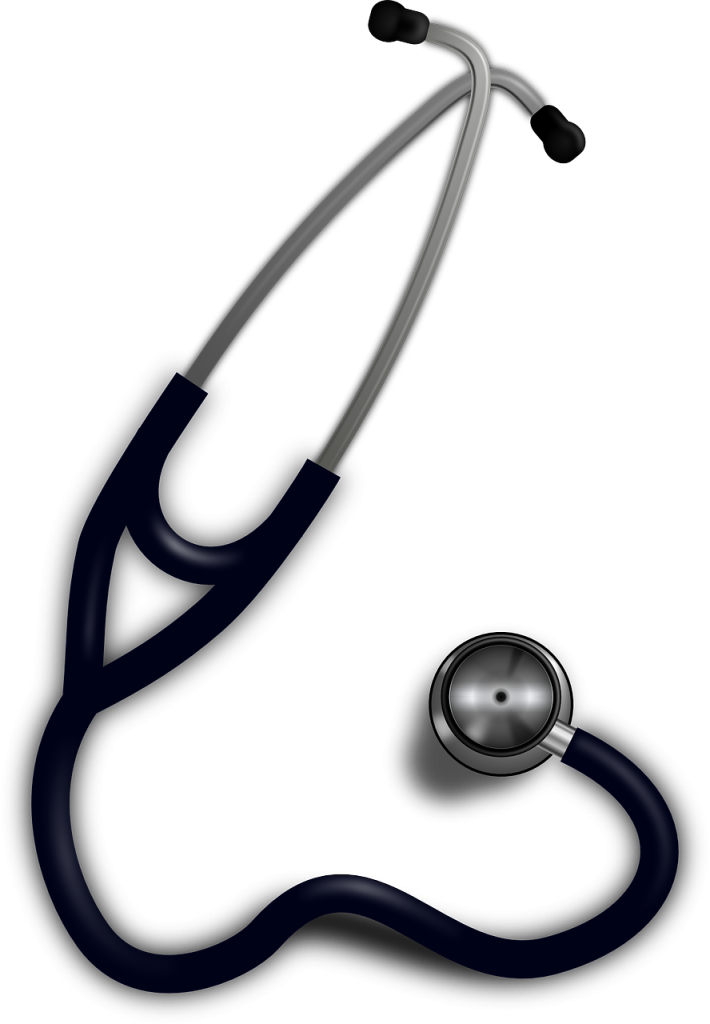
It is generally recommended to start seeing a gynecologist at the tender age of 13 to 15 years. The doctor will offer advice to young teens so they can better understand their bodies and so they are equipped to take proper care of their health. While you must consult a doctor for any symptoms that may seem concerning, you need to make it a point to visit your gynecologist at least once per year for general health issues too.
Irregular menses, excruciating menstrual cramps, painful intercourse, and heavy bleeding are not things that you can just brush off. Below is a list of additional symptoms that may require urgent medical attention:
- bleeding for longer than usual
- not getting your period despite being 15 of age
- pressure in your lower abdomen
- a change in your vaginal discharge (in terms of odor or appearance)
- enlargement of the abdomen
A mentioned above, these may actually be symptoms of another severe underlying illness, such as:
1. Polycystic Ovary Syndrome
PCOS, or polycystic ovary syndrome, is a common hormonal disorder whereby ovaries develop numerous small follicles, hence leading to the irregular release of the eggs. While the exact cause of this disorder is still unclear, it has been determined that early diagnosis can help in its treatment and reduce the risk of other long-term complications.
The most common symptoms of PCOS include irregular periods, heavy bleeding, weight gain, excess hair growth (also called hirsutism) or receding hairline.
2. For Ovarian Cysts
Another potential concern might be ovarian cysts. Cysts are also quite common, can be painless and present no symptoms.
While most women can get functional cysts, there are various types of ovarian cysts, such as:
i) Ovarian dermoid cysts
Dermoid cysts are sac-like growths that grow slowly on the ovaries. These can contain hair, fluid, fat, and other tissue and considered to be a benign form of a tumor.
ii) Endometrioma cysts
Endometrioma cysts, also called endometriomas, occur when tissues that are supposed to grow inside the uterus grows outside of it and attach to the ovaries.
iii) Ovarian cystadenomas
Cystadenomas broadly refer to growths on the outer surface of the ovaries. These growths are noncancerous in nature.
iv) Follicle cysts
Follicle cysts occur when the follicle that is supposed to break open to release the egg doesn’t. The fluid and the egg is trapped in that sac (follicle) and can evolve into a cyst.
v) Corpus luteum cysts
After having released the egg, the follicle is supposed to dissolve. However, if the sac doesn’t dissolve and instead heals itself, effectively sealing the opening, it will trap the liquid back inside that sac and cause a corpus luteum cyst.
While ovarian cysts are rarely accompanied by symptoms, some of them do. These symptoms may include painful bowel movements, painful intercourse, severe pelvic pain before and/or during your menses and abdominal bloating.
3. For Fibroids
While cysts form on the ovaries and are fluid-filled, fibroids abnormal growths that form in or on the uterus. Just like cysts, fibroids can be painful or can go completely unnoticed in some cases. It is hard to pinpoint the exact cause of these growths, but women are more vulnerable to developing fibroids if they are going through pregnancy or have a family history of fibroids.
Depending on the type and number of benign tumors you may have, the symptoms will vary. For example, women who go through menopause are less likely to have any. But women of 30 years old or more may experience pain in their pelvis, worse menstrual cramps, pain during intercourse and increased urination.
But What If You Present None of these Symptoms?
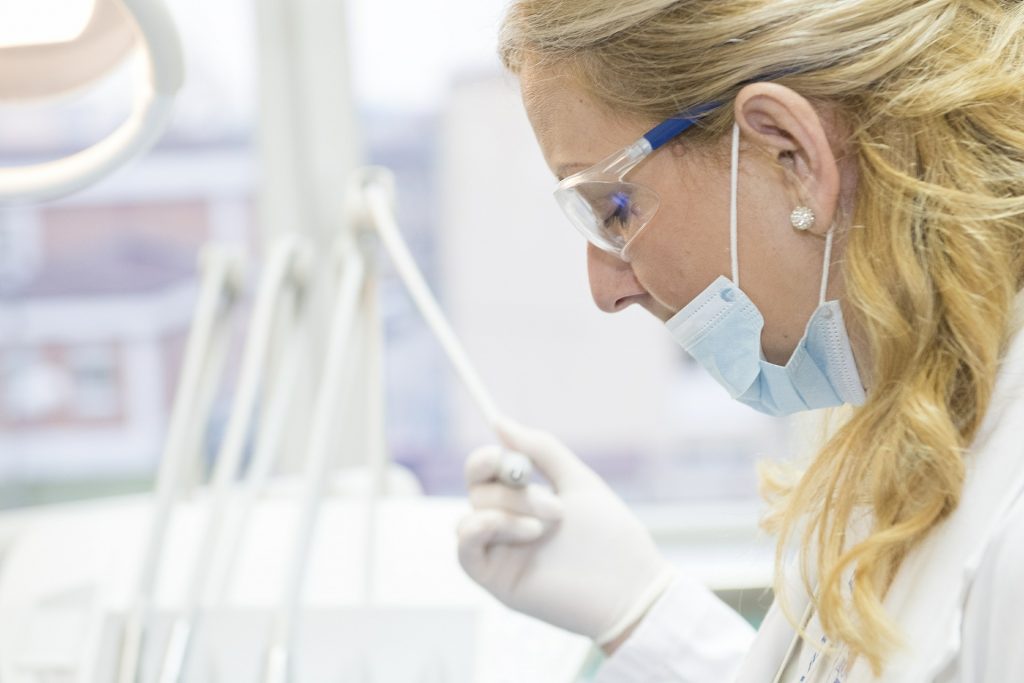
Go to the OB/GYN anyway. Yes, you read that correctly. As mentioned several times in this post, most of these disorders show no signs. Even if you experience no symptoms at all, get a pelvic exam and a pap smear test done.
Do not put it off until you experience some form of discomfort. It might be too difficult or too late to prescribe an efficient treatment.


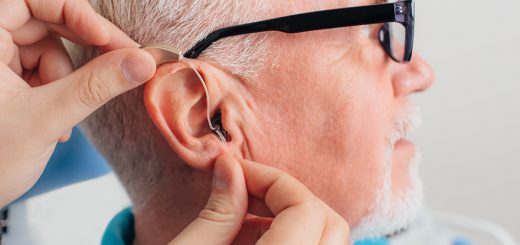
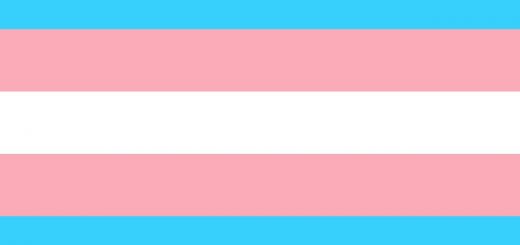
Thanks for pointing out that detecting cysts early can be one of the benefits of going to a gynecologist more frequently. I’m interested in looking for one soon because I’d like to make sure that my reproductive health is in very good condition. My husband and I might start planning to have a baby soon so I’d like to make sure that I’m ready for it.
I never knew that experiencing chronic pain episodes around your lower abdomen could signify an underlying illness that needs attention. This has been happening to my boss lately and it’s starting to affect her work schedule. I’ll probably suggest that she visit an ob-gyn for help regarding her case.